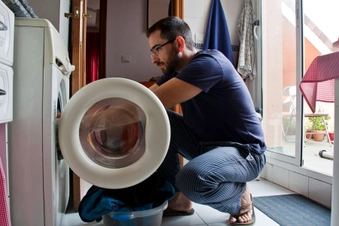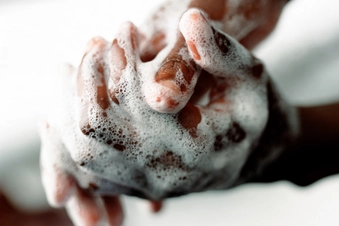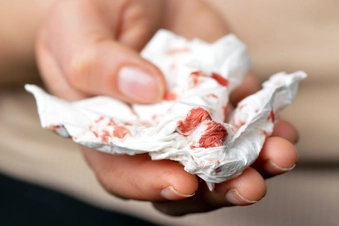Stay Engaged in Your CAR T-Cell Treatment Plan

Take an Active Role in Treatment
CAR T-cell therapy can sometimes be an effective treatment option for relapsed and refractory multiple myeloma. People with other blood cancers have seen pretty dramatic results. It involves scientists changing your immune cells in a lab to help you fight the cancer. Because it’s so different from other treatments, it’s important to learn exactly what you can do to help make this treatment a success.

Educate Yourself
When you know (some of) what to expect with CAR T-cell therapy, you’re less likely to have anxiety. You can also make better use of your time with the doctor because you’ll already have answers to some of your questions. For trusted information, visit the American Cancer Society’s website, along with the National Cancer Institute’s and the websites of major cancer centers.

Prepare for Appointments
Do a little prep beforehand to make the most of your time with the doctor. Write a list of questions and concerns in order of importance. Bring a complete list of all your medications. And call the clinic a few days before your visit to make sure they’ve received any medical records and test results. Request an interpreter in advance if you need one.

Be an Active Participant
Here are a few tips to keep you engaged at doctor’s appointments:
Take notes. Use your smartphone, a tablet, or just regular old pen and paper. Record your appointment. You might prefer this over notetaking. Your smartphone should have an app for it. But be sure to ask your doctor if they're OK with being recorded. Bring someone. A friend or family member can provide moral support, take notes, and ask questions you might not think of.

Prepare for a Long Recovery
You may stay in the hospital for a week after your CAR T-cell infusion. After that, you’ll need close monitoring for potentially dangerous side effects for 4 to 8 weeks. You’ll have to be near the hospital during this time. And you’ll need follow-up visits and tests for up to a year. You’ll slowly add back regular activities, like exercise, work, and sex. Make sure you understand exactly when you can start doing these things again.

Choose a Caregiver
You’ll need someone with you 24 hours a day in case of an emergency during the monitoring period after the infusion. You may still need a caregiver or helper after that until you’re able to get back to all your usual activities and responsibilities. You might have one person to help with all of this or a team of friends and family members taking shifts. Line this up well before your treatment starts.

Prepare Your Home
You’ll need to be extra careful around dust, mold, germs, and certain household products while you recover. Before treatment, make sure you understand your care team’s instructions for preparing your home. They’ll also have other instructions like how to clean and do laundry after you get home.

Prepare Your Pets
Your furry friends can’t wait for you to get back home. But you’ll need to be careful. They’ll have to be bathed and up to date on shots before you come home. And they’ll have to stay inside or on your property while you recover. No wandering in the woods. While you can pet, scratch, and rub them all you want, your fur babies can’t sleep in your bed. Someone else will have to wash their bowls and scoop their poop.

Avoid Infections
Your immune system will be weak for a while after treatment. This puts you at higher risk for infections and leaves you less able to fight them. You’ll need to wash your hands often. Wear a mask around sick people, at health care facilities, in crowds, and during cold and flu season. Limit your visitors to small groups. Your care team may have a list of other ways to avoid germs.

Watch Out for Bleeding
CAR T-cell therapy lowers your platelet count. This raises your risk for bleeding. You might have nosebleeds, bleeding gums, or bruising. Blood in your stool or urine, or red spots on your skin, are also possible. Make sure you understand your care team’s instructions for what to do if you have these side effects.

Get All the Details
Staying healthy after CAR T-cell therapy is a bit more involved than your usual self-care. Your care team will likely have many more instructions for you than the ones described here. Review them all before treatment. Your caregiver(s) should do the same. Make note of anything that is unclear, and ask your team to explain.
Show Sources
IMAGES PROVIDED BY:
- Science Photo Library/Getty Images
- iStock/Getty Images
- E+/Getty Images
- DigitalVision/Getty Images
- iStock/Getty Images
- E+/Getty Images
- Moment/Getty Images
- iStock/Getty Images
- iStock/Getty Images
- iStock/Getty Images
- E+/Getty Images
SOURCES:
National Institute on Aging: “How to Prepare for a Doctor’s Appointment.”
Cancer Support Community: “CAR T Patient & Caregiver Guide.”
Huntsman Cancer Institute: “Home Care After CAR T-cell Therapy.”